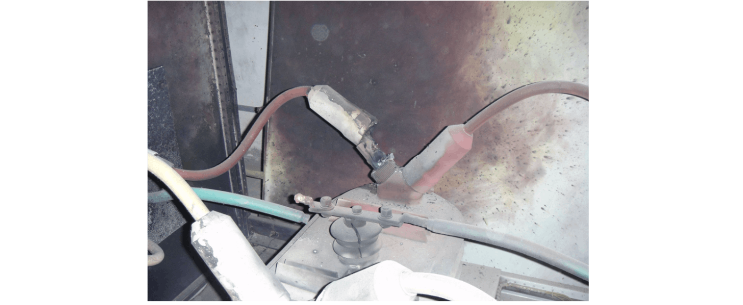What are the causes of current transformer faults and the countermeasures for faults?
Felix Spark
07/03/2025
(2) Emergency Handling (Safety First)
- Power Off: Immediately cut power for safety.
- Inspect Secondary Circuit: Check for open circuits, minimize primary current, use insulation gear, and follow diagrams.
For secondary open circuits:
(3) Detection Techniques
Topics
Hey there! I'm an electrical engineer specializing in Failure and Maintenance. I've dedicated my career to ensuring the seamless operation of electrical systems. I excel at diagnosing complex electrical failures, from malfunctioning industrial motors to glitchy power distribution networks. Using state - of - the - art diagnostic tools and my in - depth knowledge, I pinpoint issues quickly. On this platform, I'm eager to share my insights, exchange ideas, and collaborate with fellow experts. Let's work together to enhance the reliability of electrical setups.
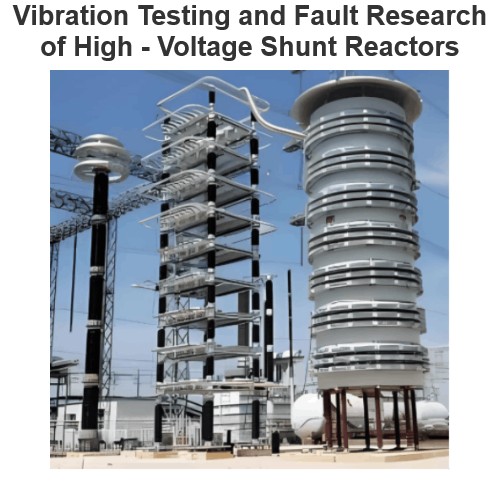
Vibration Testing and Fault Research of High - Voltage Shunt Reactors
1 Vibration Monitoring and Fault Diagnosis Technology for High - Voltage Shunt Reactors1.1 Measuring Point Layout StrategyVibration characteristic parameters (frequency, power, energy) of high - voltage shunt reactors are fully recorded in operation logs. For vibration analysis, focus on resolving the complexity of electric field distribution at winding ends. Quantitatively evaluate field - strength distribution under operating/lightning overvoltage and voltage gradient characteristics of longit
Felix Spark
07/24/2025
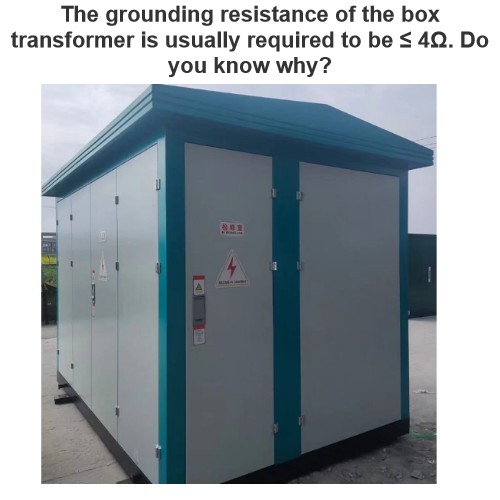
The grounding resistance of the box transformer is usually required to be ≤ 4Ω. Do you know why?
As a key power distribution equipment, the safe operation of a compact substation relies on reliable grounding measures. People often wonder: Why is the grounding resistance of a compact substation generally required to be no more than 4Ω? Behind this value, there are rigorous technical bases and application scenario restrictions. In fact, the requirement of ≤4Ω is not mandatory in all cases. It mainly applies to scenarios where the high - voltage system adopts "ungrounded", "reso
Edwiin
07/23/2025
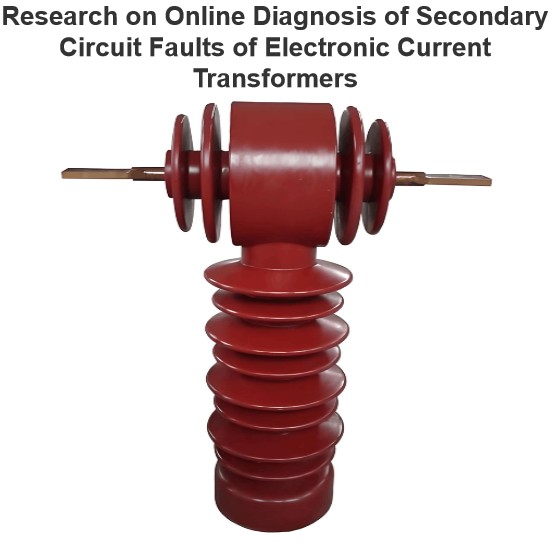
Research on Online Diagnosis of Secondary Circuit Faults of Electronic Current Transformers
1 Principle and Role of Electronic Current Transformers1.1 Working Principle of ECTAn Electronic Current Transformer (ECT) is a key device for managing safe power system operations, converting large currents into manageable small-current signals for measurement and control. Unlike traditional transformers (relying on direct magnetic field interaction between primary and secondary windings), ECTs use sensors (e.g., Hall effect sensors) to detect magnetic field changes from the primary winding. Th
Felix Spark
07/22/2025
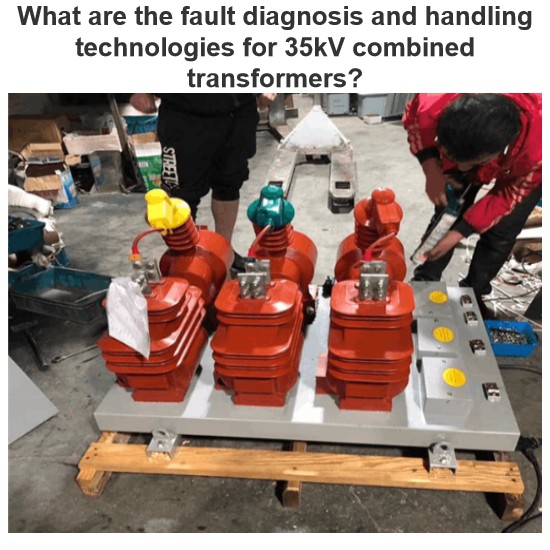
What are the fault diagnosis and handling technologies for 35kV combined transformers?
For fault diagnosis and handling of 35kV combined transformers, the following technical means can be adopted:Insulation Fault DiagnosisUse equipment such as high-voltage test transformers, power frequency withstand voltage testers, and partial discharge detection systems to conduct a comprehensive assessment of the insulation performance of combined transformers. When the insulation resistance is found to be lower than 1000MΩ or the dielectric loss factor tanδ exceeds 0.5%, an applic
Felix Spark
07/21/2025

